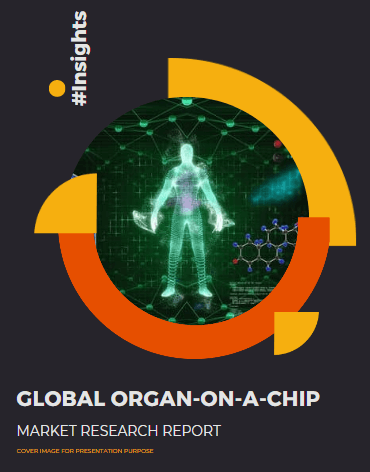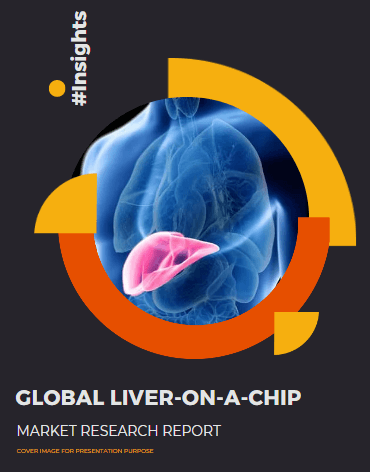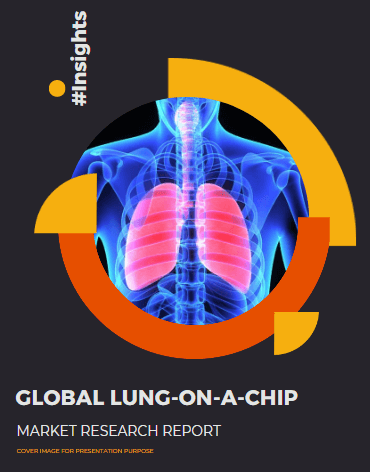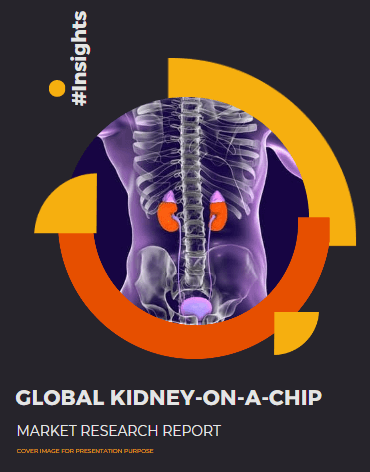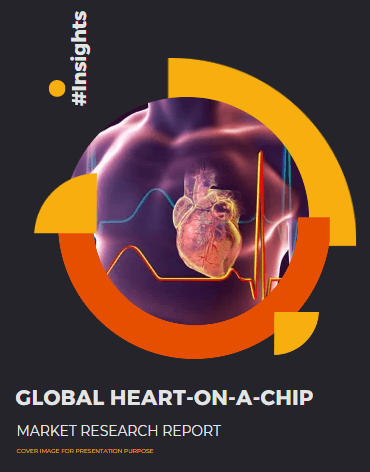Human Organs on Chips: Organ Mimicry and Microphysiology Systems
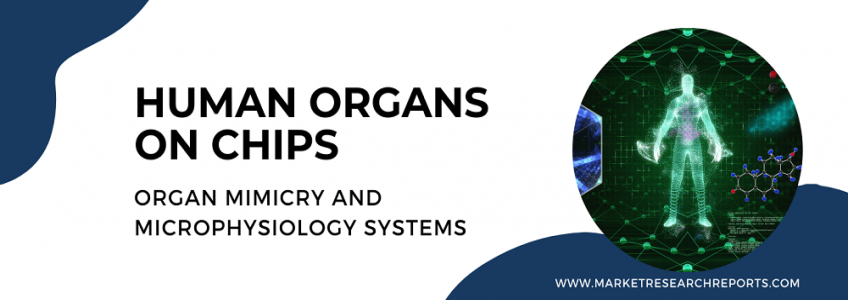
Table of Contents
- What is Organ-on-a-chip (OoC) technology?
- Why is Organ-on-a-chip (OoC) technology important for drug development?
- How does Organ-on-a-chip (OoC) technology work?
- What are some examples of organs that have been replicated using Organ-on-a-chip (OoC) technology?
- What is the role of Organ-on-a-chip (OoC) technology in drug development?
- What are some examples of leading companies in the field of Organ-on-a-chip (OoC) technology?
- Closing Statement
- Related Reports
Organ-on-a-chip (OoC) platforms use microfluidic channels to grow miniature versions of human organs, which can be used to study drug responses and disease mechanisms in a more physiologically relevant environment. Organ-on-a-chip (OoC) technology was not invented by a single individual but rather has been developed over time through the collaboration of researchers and engineers in the fields of biology, medicine, and engineering.
The Wyss Institute for Biologically Inspired Engineering at Harvard University is one organization that has been at the forefront of this technology. Its researchers have developed more than 15 microchips that mimic the microarchitecture and functions of various human organs. Other researchers and institutions, such as Emulate, the University of Southern California, and the University of Pennsylvania, have also made significant contributions to the development of Organ-on-a-chip (OoC) technology.
1 . What is Organ-on-a-chip (OoC) technology?
Organ-on-a-chip (OoC) technology is a type of three-dimensional (3D) in vitro model that uses miniature tissues grown inside microfluidic channels to mimic the function of organs and tissues. These microscale devices are designed to replicate the cellular micro-environment of tissues, allowing researchers to assess the safety and efficacy of drugs in a more realistic way than traditional animal models.
2 . Why is Organ-on-a-chip (OoC) technology important for drug development?
Organ-on-a-chip (OoC) technology is important for drug development because it offers a more accurate and reliable way to assess the safety and efficacy of drugs in preclinical studies. Animal models are often poor predictors of human response, and many drugs that show promise in animals fail in human clinical trials. By using Organ-on-a-chip (OoC) technology, researchers can better mimic human physiology and test the effects of drugs on different organs and tissues in vitro.
Global Organ-on-a-chip (OoC) Market Research Report
3 . How does Organ-on-a-chip (OoC) technology work?
Organ-on-a-chip (OoC) technology works by creating microfluidic channels that guide and manipulate minute volumes of solution to create environments that recapitulate one or more tissue-specific functions. The miniature tissues grown inside the channels are derived from various organs and can be engineered or natural. The microscale devices are designed to replicate the cellular micro-environment of tissues, allowing researchers to assess the safety and efficacy of drugs in a more realistic way than traditional animal models.
4 . What are some examples of organs that have been replicated using Organ-on-a-chip (OoC) technology?
There are working models for a range of organs, including the liver, lung, kidney, skin, and even the female reproductive system. Researchers have also engineered microchips that recapitulate the microarchitecture and functions of human intestines, kidneys, skin, bone marrow, and the blood-brain barrier.
5 . What is the role of Organ-on-a-chip (OoC) technology in drug development?
Organ-on-a-chip (OoC) technology has emerged as a promising platform for preclinical studies, offering potential advantages such as the ability to model human organs and diseases and providing more accurate predictions of toxicity and efficacy than traditional animal models. However, implementing this technology poses certain challenges, including the need for better standardization, validation, and scalability. Organ-on-a-chip (OoC) technology holds great potential for drug development in areas such as oncology, neurology, and immunology, where traditional preclinical models have limitations. Despite the challenges, this technology has the potential to revolutionize the drug development process by providing physiologically relevant systems for testing drugs in vitro.
6 . What are some examples of leading companies in the field of Organ-on-a-chip (OoC) technology?
Organ-on-a-chip (OoC) technology companies are at the forefront of the revolution in drug discovery, personalized medicine, and regenerative therapies. These companies, including Emulate Inc, CN Bio, TissUse, Mimetas, Insphero, Ascendance Bio, Kirkstall, Hurel, Synvivo, Axosim, and Nortis Bio, are dedicated to developing innovative microfluidic devices that mimic the functions of human organs in vitro.
Emulate Inc, for instance, uses its proprietary Organs-on-Chips technology to create functional models of the lung, liver, and intestine, among others. CN Bio's PhysioMimix platform enables researchers to model the physiological environment of human organs in vitro, while TissUse's Multi-Organ-Chip technology allows for the integration of up to ten human organs on a single device.
Mimetas has developed OrganoPlate, a high-throughput screening platform that can be used to study drug toxicity and efficacy in multiple organ systems. Insphero's 3D InSight microtissues provide a physiologically relevant model of human tissue for drug discovery and development. Ascendance Bio's OrganFarm platform uses bioreactors to cultivate and sustain functional human tissues and organs for transplantation.
Kirkstall's Quasi-Vivo system simulates the in vivo microenvironment for improved in vitro testing, while Hurel's Microfluidic Cocultures technology enables the study of complex interactions between different cell types. Synvivo's Microvascular Tissue Chips recreate the structure and function of microvessels for drug discovery and toxicity testing. Axosim's NerveSim platform models human nerve tissue for drug discovery and neurotoxicity studies, and Nortis Bio's microfluidic devices enable the study of vascularized tissue structures in vitro.
7 . Closing Statement
Organ-on-a-chip (OoC) technology faces major challenges, such as the need for better validation of these systems, scaling up production, and creating multi-organ systems. The ethical implications of this technology also need to be considered, particularly in terms of its potential impact on animal testing and the development of personalized medicine. Despite these challenges, the potential for Organ-on-a-chip (OoC) technology to revolutionize drug development and improve patient outcomes is vast, and ongoing research and development in this area will continue to push the boundaries of what is possible in the field of medicine.
8 . Related Reports
Sources:

